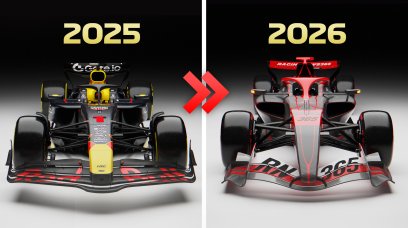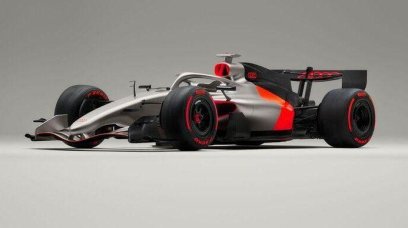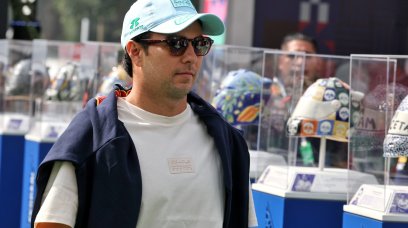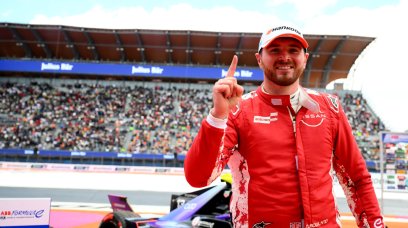In recent weeks, Helmut Marko has repeatedly said that a World Championship cannot be won with an overweight car. F1 paddock rumours place the RB18's weight up to 15kg over the FIA's minimum limit of 798kg. It is obvious that the Milton Keynes-based outfit are working hard to try to make the RB18 lighter – something that Dr Marko has openly acknowledged. This process is certainly not easy due to the constraints of the budget cap, but is absolutely necessary. The FIA's recent decision to allow the use of metal stays connected to the rear extremities of the floor to prevent it from bending also helps in this respect. Simply put, the RB18's floor hadn't sported any metal stays because of its stiffness. It has been designed to withstand huge negative pressure from underneath the car, so its construction implied a certain thickness of the structure, plus stiff elements inside to increase its robustness. The green light from the FIA to use metal stays allows the Red Bull engineers to build and redesign a lighter floor, as it will be prevented from bending downwards by the connectors that will be attached to its rear ends. It is believed that such a change will result in a 4kg weight reduction. The introduction of the revised floor, together with other machined elements of the car, is planned for Imola.
Why saving weight means spending money
If a weight saving of 10kg can be worth up to three-tenths of a second in performance, we can add that removing 1kg of mass from a Formula 1 car costs around €250,000. The exercise of lightening a car is anything but simple, and involves building lighter parts with more lightweight - and more expensive - materials, without any impact on the reliability of the car. Another interesting way of reducing weight, even if it is less effective, is to leave some sections of the bodywork unpainted. If applied to the whole car, this would reduce the overall weight by up to 1kg. Notably, for Melbourne, Red Bull have decided not to paint the front wing main plane, as well the rear wing endplates and main profile. This is an extension of Red Bull's decision to leave the lower section of the sidepods unpainted, which have remained so ever since the RB18's revised sidepods were unveiled in Bahrain testing.
Most read







